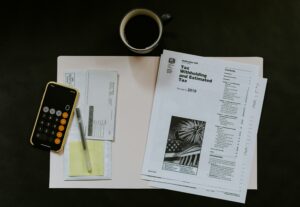As the election heats up, the US economy is doing everything it can short of an outright recession to dampen President Obama’s re-election prospects. In the first seven months of 2012, an average of only 144,000 jobs have been added each month. The July Employment Situation released this morning by the US Bureau of Labor Statistics was an improvement over the June numbers and was better than the expected 100,000 jobs.
“Total nonfarm payroll employment rose by 163,000 in July, … Since the beginning of this year, employment growth has averaged 151,000 per month, about the same as the average monthly gain of 153,000 in 2011…”
As has been the trend over most of this year, thee were more private sector jobs added (+172,000), and the government sector shed 9,000 jobs in July. Still, the government sector has been less of a drag on job formation than a year ago as budgets improve for State and Local governments. During the first seven months of the year, state and local governments have shed 42,000 jobs while Federal government jobs have fallen by 23,000. In contrast, during the first seven months of 2011, state and local governments lost 205,000 jobs while the federal government lost only 16,000.
Some of the strongest job gains were in the professional and business services sector (+49,000), and food services and drinking places (+29,000). Manufacturing employment increased (+13,000) mostly because of fewer layoffs than normal for July.
The household survey showed little change leaving the unemployment rate up slightly at 8.3 percent. Both the number of unemployed persons (12.8 million) and the unemployment rate have been pretty much stuck at these levels throughout 2012. The broader measure of labor underutilization (U-6) increased a bit to 15 percent.
[Missing Interactive Figure Goes Here]
Last month I argued that with the FOMC predicting “that the unemployment rate would decline less than previously thought to only 7.5-8 percent next year, and to 7.0-7.7 percent by 2014. Aggressive action by the Fed is called for, and I expect that come August 1, we will at least see a down payment in the form of a new round of quantitative easing.” Instead all we got was another commitment to “closely monitor incoming information on economic and financial developments and will provide additional accommodation as needed to promote a stronger economic recovery and sustained improvement in labor market conditions in a context of price stability.” So what would it take to induce the Fed to act more aggressively?
– Carl Bonham





